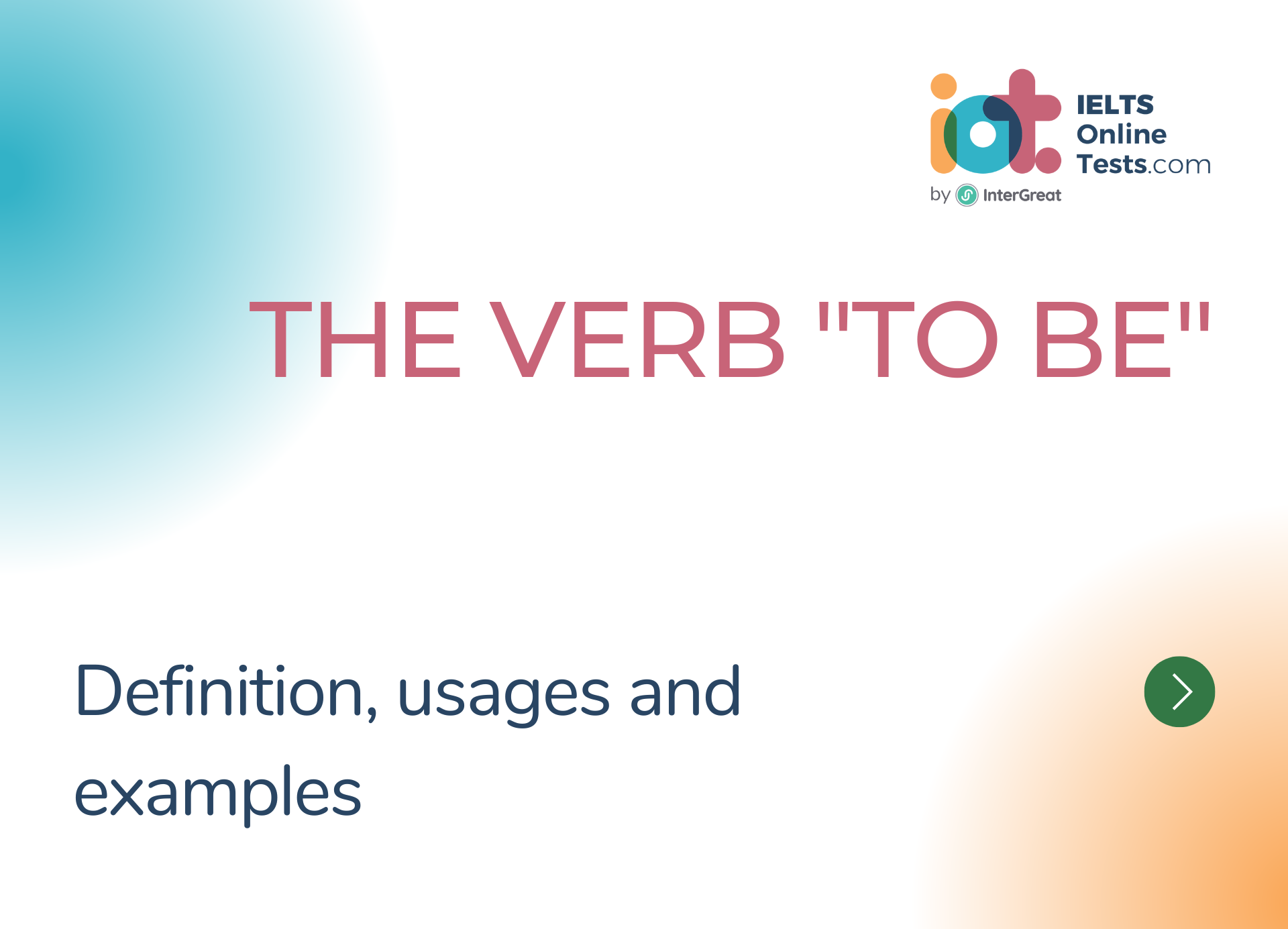
Động từ "to be" (The verb "to be")
Động từ "to be" là một trong những động từ quan trọng nhất trong tiếng Anh. Nó có vai trò là động từ toàn diện và được sử dụng trong nhiều tình huống khác nhau.
Dưới đây là một số thông tin chi tiết về động từ "to be":
I. Cấu trúc:
- Hiện tại đơn (Present Simple): am/is/are
- Hiện tại tiếp diễn (Present Continuous): am/is/are + being
- Quá khứ đơn (Past Simple): was/were
- Quá khứ tiếp diễn (Past Continuous): was/were + being
- Hiện tại hoàn thành (Present Perfect): have/has been
- Quá khứ hoàn thành (Past Perfect): had been
- Tương lai đơn (Future Simple): will be
- Tương lai tiếp diễn (Future Continuous): will be + being
- Tương lai hoàn thành (Future Perfect): will have been
II. Cách sử dụng:
- Được sử dụng để diễn tả tính chất, tình trạng, hoặc đặc điểm của một người hay một vật.
- Ví dụ:
- She is tall. (Cô ấy cao.)
- Ví dụ:
- Được sử dụng để diễn tả quốc tịch, nghề nghiệp, hoặc vai trò của một người.
- Ví dụ:
- I am Vietnamese. (Tôi là người Việt Nam.)
- Ví dụ:
- Được sử dụng trong các câu hỏi về thông tin cá nhân.
- Ví dụ:
- Where are you from? (Bạn đến từ đâu?)
- Ví dụ:
- Được sử dụng để diễn tả thời gian, ngày tháng, hoặc năm.
- Ví dụ:
- Today is Monday. (Hôm nay là thứ Hai.)
- Ví dụ:
- Được sử dụng trong các câu phủ định.
- Ví dụ:
- He is not here. (Anh ấy không ở đây.)
- Ví dụ:
III. Sự biển đổi của "to be":
- Hiện tại đơn (Present Simple):
- I am You are He/She/It is We/You/They are
- Quá khứ đơn (Past Simple):
- I was You were He/She/It was We/You/They were
IV. Các ví dụ phổ biến:
- To be honest (Thành thật mà nói)
- Ví dụ:
- To be honest, I didn't enjoy the movie. (Thành thật mà nói, tôi không thích bộ phim đó.)
- To be honest, I think you should apologize. (Thành thật mà nói, tôi nghĩ bạn nên xin lỗi.)
- Ví dụ:
- To be on time (Đúng giờ)
- Ví dụ:
- Please make sure you are on time for the meeting. (Hãy đảm bảo bạn đến đúng giờ cho cuộc họp.)
- I always strive to be on time for my appointments. (Tôi luôn cố gắng đến đúng giờ cho các cuộc hẹn của mình.)
- Ví dụ:
- To be in a hurry (Đang vội)
- :Ví dụ
- I can't stop to chat right now, I'm in a hurry. (Tôi không thể dừng lại để trò chuyện ngay bây giờ, tôi đang vội.)
- Sorry for rushing, but I'm in a hurry to catch my flight. (Xin lỗi vì tôi đang vội, nhưng tôi phải nhanh chóng để kịp chuyến bay của mình.)
- :Ví dụ
- To be excited (Hào hứng)
- Ví dụ:
- I'm really excited about my upcoming vacation. (Tôi thực sự háo hức về kỳ nghỉ sắp tới.)
- She was excited to receive her acceptance letter from the university. (Cô ấy rất hào hứng khi nhận được thư chấp nhận từ trường đại học.)
- Ví dụ:
- To be tired (Mệt mỏi)
- Ví dụ:
- I'm so tired after a long day at work. (Tôi thật mệt sau một ngày làm việc dài.)
- They were too tired to continue hiking, so they decided to rest. (Họ quá mệt để tiếp tục leo núi, nên họ quyết định nghỉ ngơi.)
- Ví dụ:
Động từ "to be" là một phần quan trọng của ngôn ngữ tiếng Anh và có rất nhiều cách sử dụng và biến đổi. Việc hiểu và sử dụng đúng cấu trúc và ý nghĩa của nó là rất quan trọng trong việc học và sử dụng tiếng Anh.




